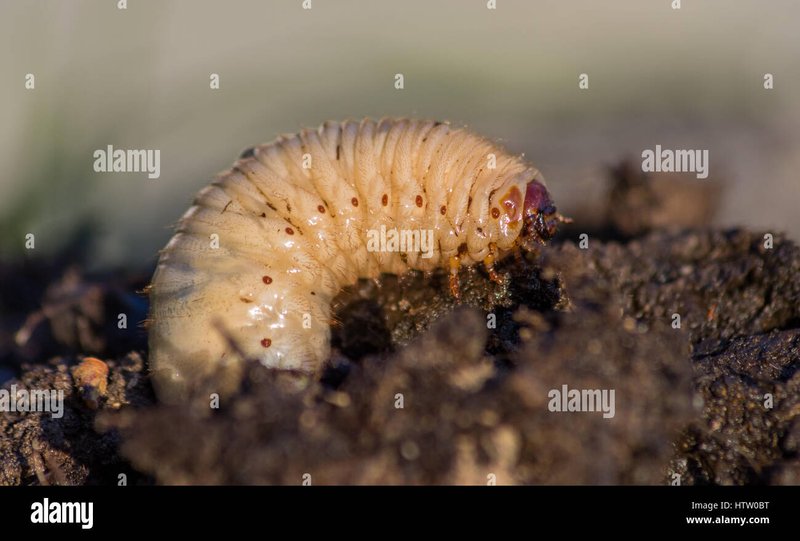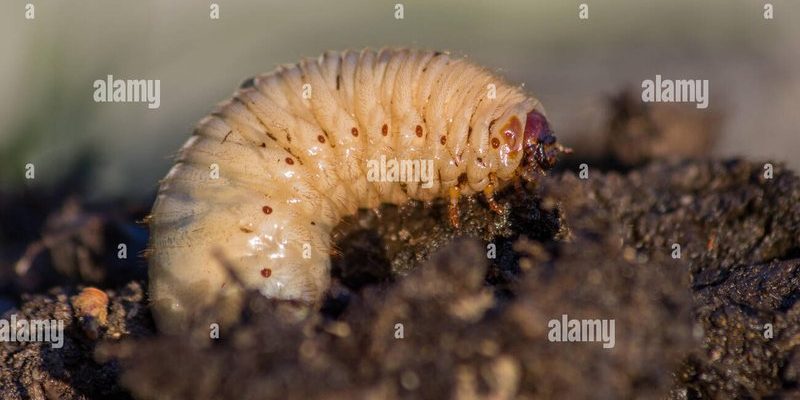
Thinking about grub worms is a bit like trying to figure out when your favorite coffee shop is busiest—there are peak times, and knowing them makes a big difference. In a similar way, understanding when grub worms are out and about is vital for anyone who wants to keep their plants healthy. So let’s dive into this topic and uncover the mysteries of these garden dwellers.
Understanding Grub Worm Behavior
Grub worms aren’t just mindless munchers; their activity often depends on a variety of environmental factors. Most notably, their **activity levels** are influenced by temperature, moisture, and even light. If you picture them as little nocturnal creatures, you’re on the right track. Generally, grub worms prefer cooler temperatures and moist conditions, which is part of why they thrive in gardens that provide ample shade and humidity.
In terms of their life cycle, grub worms typically emerge in the spring and fall, which coincides with the temperature and moisture levels they favor. During these seasons, they tend to be most active near the surface of the soil, where they can easily access their food sources. Understanding these habits will help you know when to keep an eye out for them.
When Are Grub Worms Most Active?
So, what time of day are grub worms most active? The short answer is: at night and during cooler hours of the day. In the heat of the afternoon, these little guys tend to retreat deeper into the soil to escape the sun’s rays. Imagine them as the introverts of the insect world, only emerging when the conditions are just right—specifically, when it’s cooler and darker.
You might notice them peeking out in the early morning or late evening. If you’re trying to spot them for control measures, early mornings right after a rain can be an excellent time. The moist soil brings them closer to the surface, and you might find them lounging around, ready for a snack.
Factors Influencing Activity Levels
Several factors influence when grub worms are active. Let’s break down some of the most significant ones.
- Temperature: Grub worms thrive in warm temperatures, typically between 60°F and 70°F (15°C to 21°C). As temperatures rise above this range, their activity will decrease.
- Moisture: Grub worms love moisture. They tend to be more active right after a rain or in naturally damp environments. Dry conditions can send them deeper into the soil.
- Light: Being nocturnal creatures, grub worms tend to stay underground during the day. They prefer dark, shaded areas, which helps them avoid predators and stay cool.
Recognizing these factors can aid you in planning pest control strategies or simply and keeping a watchful eye on your garden.
Implications for Lawn Care
If you’re a homeowner or gardener, knowing when grub worms are active can guide your lawn care practices. For instance, if you notice signs of grub activity—like patches of grass that feel spongy or brown—you may want to take action during their peak activity times.
Using traps can be effective if you’re trying to monitor their population. Setting them out in the cooler evening may yield the best results. You could also consider applying beneficial nematodes during these times, as they can target grub worms while they’re more vulnerable.
Common Signs of Grub Worm Activity
Identifying grub worms is straightforward if you know what to look for. Here are some classic signs:
- Brown patches: If certain areas of your lawn are turning brown despite regular watering, it might indicate grub activity
- Spongy feel: Areas of grass that feel soft or spongy when walked on could have a high grub population beneath.
- Bird activity: If you see more birds than usual pecking at your lawn, they may be feasting on grubs!
Being aware of these signs can help you take timely action before the issue escalates.
Controlling Grub Worms Effectively
If you’ve confirmed the presence of grub worms during their active times, you might be wondering how to control them effectively. Here are a few strategies:
1. **Natural Predators:** Introduce beneficial nematodes to your garden. These microscopic worms are natural enemies of grubs and can help keep their population in check.
2. **Milky Spore Bacteria:** This is another natural option. It targets certain types of grubs and can be very effective over time.
3. **Chemical Treatments:** If you opt for chemicals, you should apply them in late summer or early fall, before grubs enter the deeper soil layers for winter. Look for products that are specifically designed for grub control.
By knowing when grub worms are most active, you can choose the best methods and timing to keep them at bay.
When it comes to managing grub worms, knowledge is your best weapon. By understanding that these little creatures are most active at night and during cooler parts of the day, you can tailor your lawn care efforts accordingly. Whether you prefer natural methods or chemical treatments, timing everything right can make all the difference.
Remember that grubs play a role in the ecosystem, and while they can be pesky, effective management allows you to strike that balance. Keep an eye on your garden’s signs, and don’t hesitate to act quickly if you notice a surge in activity during their peak times. You got this!

